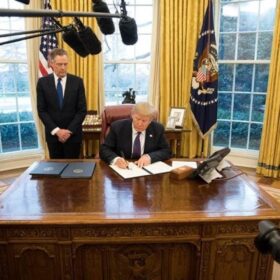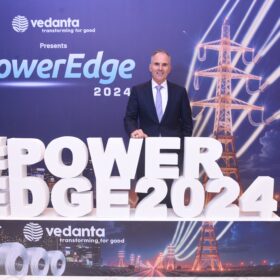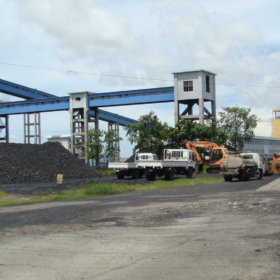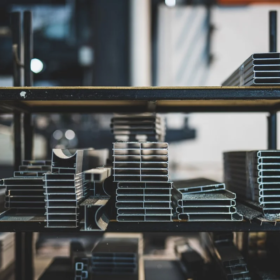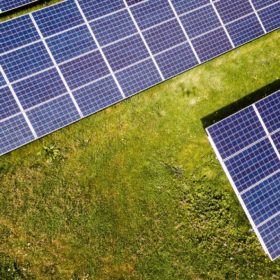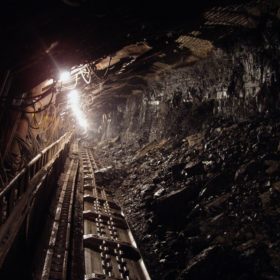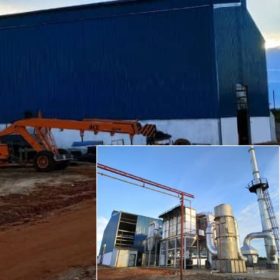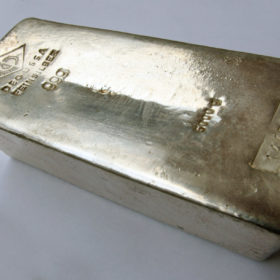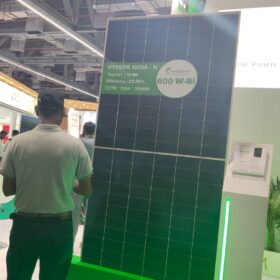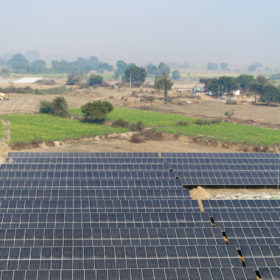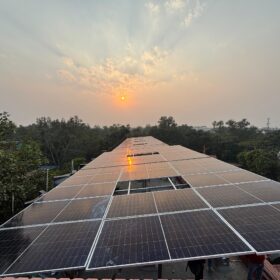How Trump’s widespread tariffs affect the U.S. solar industry
Tariffs of 10% are applied to most products from most countries, but energy and energy products, steel, and aluminum are exempt, as tariffs have already been applied.
With energy transition we see strong growth in power and transmission sector: Vedanta Aluminium CEO
John Slaven, chief executive officer, Vedanta Aluminium, sees strong growth in demand from power & transmission and automotive sector with India’s focus on energy transition.
Metastable opens innovation center for metal extraction from dead lithium batteries
The urban mining startup has set up an R&D and innovation center focused on improving the efficiency and yield of its chemical-free technology for extracting valuable materials from dead lithium batteries. It will ramp up the facility to double it up as a fully operational metal extraction unit by the end of December.
Rising costs weigh on solar deployment in Bangladesh
Rooftop and ground-mounted solar deployment is reportedly slowing down in Bangladesh due to rising prices of panels, inverters, and other PV system components.
Huge aluminum demand expected in solar industry, concerns arise on emissions
Researchers from the University of New South Wales (UNSW) predict that growth to 60TW of photovoltaics needed to rapidly reduce emissions to ‘net zero’ and limit global warming to <2 °C could require up to 486 Mt of aluminium by 2050. A key concern for this large aluminium demand is its large global warming potential.
Record solar numbers expected this year but IEA highlights pricing concern
The Paris-based body expects the world will have installed almost 160 GW of solar this year, a record number, but still not enough to keep the prospect of a net zero global economy by mid century in sight.
Module and shipping cost inflation could cost the world 50 GW of solar next year
The input costs of the two biggest contributors to solar plant development expense have gone through the roof since the world began to come out of Covid-19 lockdowns, to leave project developers with some difficult choices.
Silicon metal and aluminum industries hit by China power shortages
A combination of booming demand for coal-fired power and a shortage of the black stuff – exacerbated by a political row with Australia – have forced up prices to the extent fossil fuel generators are making a loss on every unit of electricity they produce. pv magazine‘s Vincent Shaw considers the potential solutions.
Gravita Group enhances lead recycling capacity at Africa plant
The Jaipur-headquartered company carries out smelting of lead ore, lead concentrate, lead battery scrap, and aluminum scrap to produce secondary lead metal and aluminum ingots.
Making India’s solar sector resource efficient
By adopting resource efficiency measures, the Indian PV solar manufacturing sector can reduce its material requirement from an estimated 12 million tons to 8.2 million tons by 2030. The resource-efficient approach will also increase efficiency to more than 30% from 6% in 2018, according to a study conducted under the European Union’s Resource Efficiency Initiative (EU-REI) Project.
